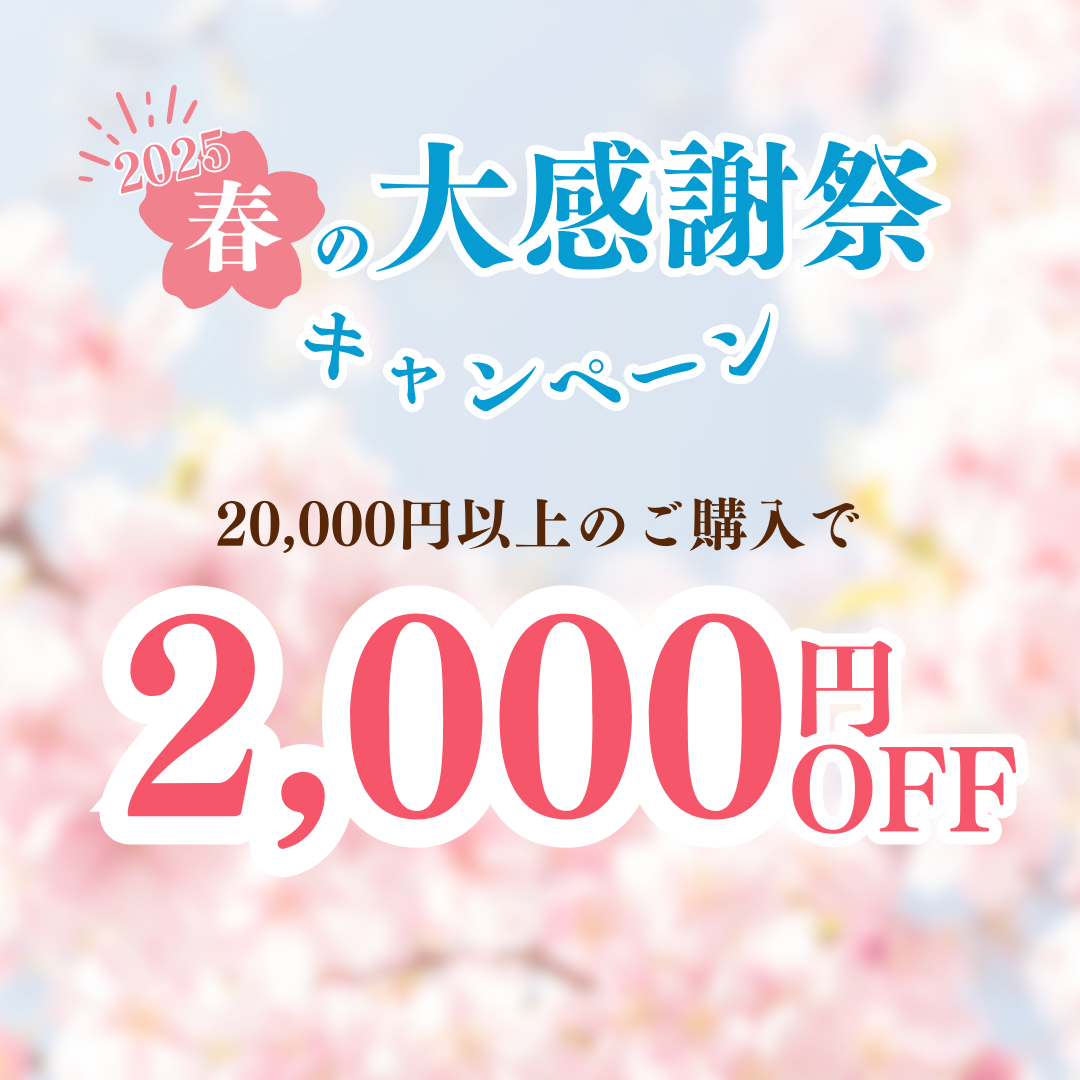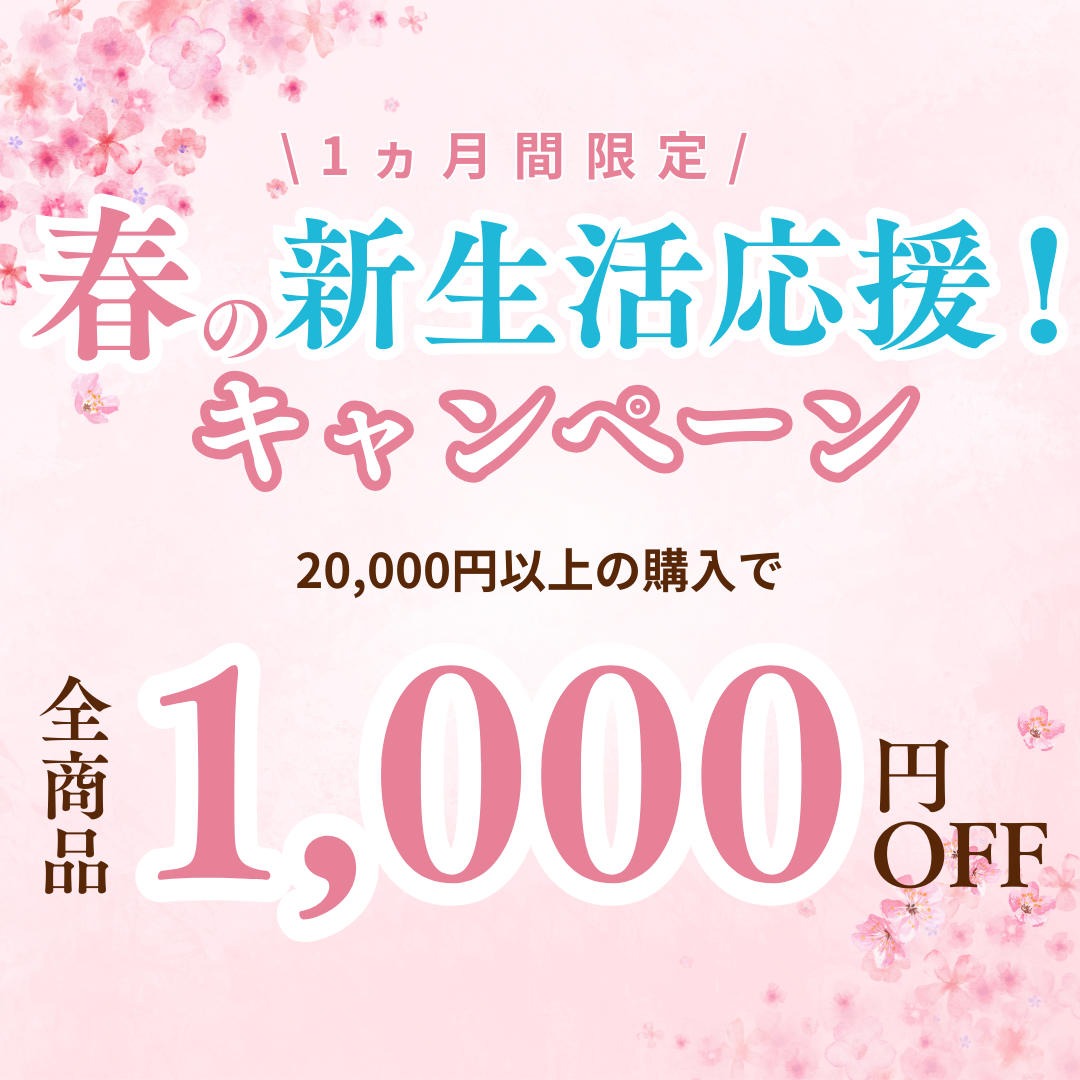NaN
/
of
-Infinity
Next time [Tea utensils/tea ceremony tools, tea ceremony kesui] Painted Karatsu ware, made by Toshizaemon Takemura (made by Toshizaemon Takemura)
Next time [Tea utensils/tea ceremony tools, tea ceremony kesui] Painted Karatsu ware, made by Toshizaemon Takemura (made by Toshizaemon Takemura)
Product Code: kennsui-21
Regular price
7,040 円
Regular price
Sale price
7,040 円
Unit price
/
per
Tax included.
Shipping calculated at checkout.
Couldn't load pickup availability
●What is a water jug? Water jug and a lid rest are among the accessories for a daisu and were originally made of Chinese copper. (The same goes for the lid rest.)
A water kettle is a container for pouring out hot or cold water used to rinse tea bowls, and is also called a "koboshi."
The materials used include the traditional Kara-kane copper, sand-coated and molded items, as well as ceramics and curved wooden items.
The most common type of "Efugo" is bag-shaped with an open top.
In addition to these, the tip of a stick, the sheath of a spear, the gourd, the iron basin, the replacement sword, and the large wakizashi are all collectively known as the Seven Types of Water Sinking Tool.
Size: Approx. diameter 16 x height 8.7 cm
Author: Takemura Rizaemon (Takemura Rizaemon)
----------
[12th generation] Karatsu ware
There is a theory that the origins of Karatsu ware date back to the Muromachi and Momoyama periods.
Hasami ware was first produced in the late Tensho period, during the Korean War, when the lord of Omura clan, accompanied by Lee Yu-kyung and others, opened a kiln in Muraki, Hasami, and produced pottery in yellow, blue, black, powdered, and painted Karatsu styles.
In the classification of Karatsu ware, it is considered Hiradokyo, and over the years it has changed from earthenware to semi-porcelain to porcelain.
In the mid-Edo period, Rizaemon Kiln spread widely through Sakai and played a key role in the development of the domain's ceramics industry, and has continued to grow alongside the production area to the present day.
The kiln was named after the Yamahokora monument, and the kiln returned to its early days of earthenware, focusing on the quality of the earthenware and creating Karatsu ware.
----------
Box: Paper box
Note: As this is hand painted, the pattern may vary.
A water kettle is a container for pouring out hot or cold water used to rinse tea bowls, and is also called a "koboshi."
The materials used include the traditional Kara-kane copper, sand-coated and molded items, as well as ceramics and curved wooden items.
The most common type of "Efugo" is bag-shaped with an open top.
In addition to these, the tip of a stick, the sheath of a spear, the gourd, the iron basin, the replacement sword, and the large wakizashi are all collectively known as the Seven Types of Water Sinking Tool.
Size: Approx. diameter 16 x height 8.7 cm
Author: Takemura Rizaemon (Takemura Rizaemon)
----------
[12th generation] Karatsu ware
There is a theory that the origins of Karatsu ware date back to the Muromachi and Momoyama periods.
Hasami ware was first produced in the late Tensho period, during the Korean War, when the lord of Omura clan, accompanied by Lee Yu-kyung and others, opened a kiln in Muraki, Hasami, and produced pottery in yellow, blue, black, powdered, and painted Karatsu styles.
In the classification of Karatsu ware, it is considered Hiradokyo, and over the years it has changed from earthenware to semi-porcelain to porcelain.
In the mid-Edo period, Rizaemon Kiln spread widely through Sakai and played a key role in the development of the domain's ceramics industry, and has continued to grow alongside the production area to the present day.
The kiln was named after the Yamahokora monument, and the kiln returned to its early days of earthenware, focusing on the quality of the earthenware and creating Karatsu ware.
----------
Box: Paper box
Note: As this is hand painted, the pattern may vary.
[About paid individual packaging]
If you would like individual packaging (charges apply), click View Cart, check "I would like individual packaging", and then add the desired quantity to "Quantity".
*The following products are not eligible for individual packaging. If you would like to package the folding fan or colored paper, we will provide a paid box or bag for each.
- Mail delivery products
- Folding fan (paid box available/no packaging)
- Colored paper (paid bag available/no packaging)
- Zodiac theme related products
【Related Category】

























![Next time [Tea utensils/tea ceremony tools, tea ceremony kesui] Painted Karatsu ware, made by Toshizaemon Takemura (made by Toshizaemon Takemura)](http://imaya.co.jp/cdn/shop/products/kennsui-21_4.jpg?v=1709083146&width=1445)
![Next time [Tea utensils/tea ceremony tools, tea ceremony kesui] Painted Karatsu ware, made by Toshizaemon Takemura (made by Toshizaemon Takemura)](http://imaya.co.jp/cdn/shop/products/kennsui-21_5.jpg?v=1709083146&width=1445)